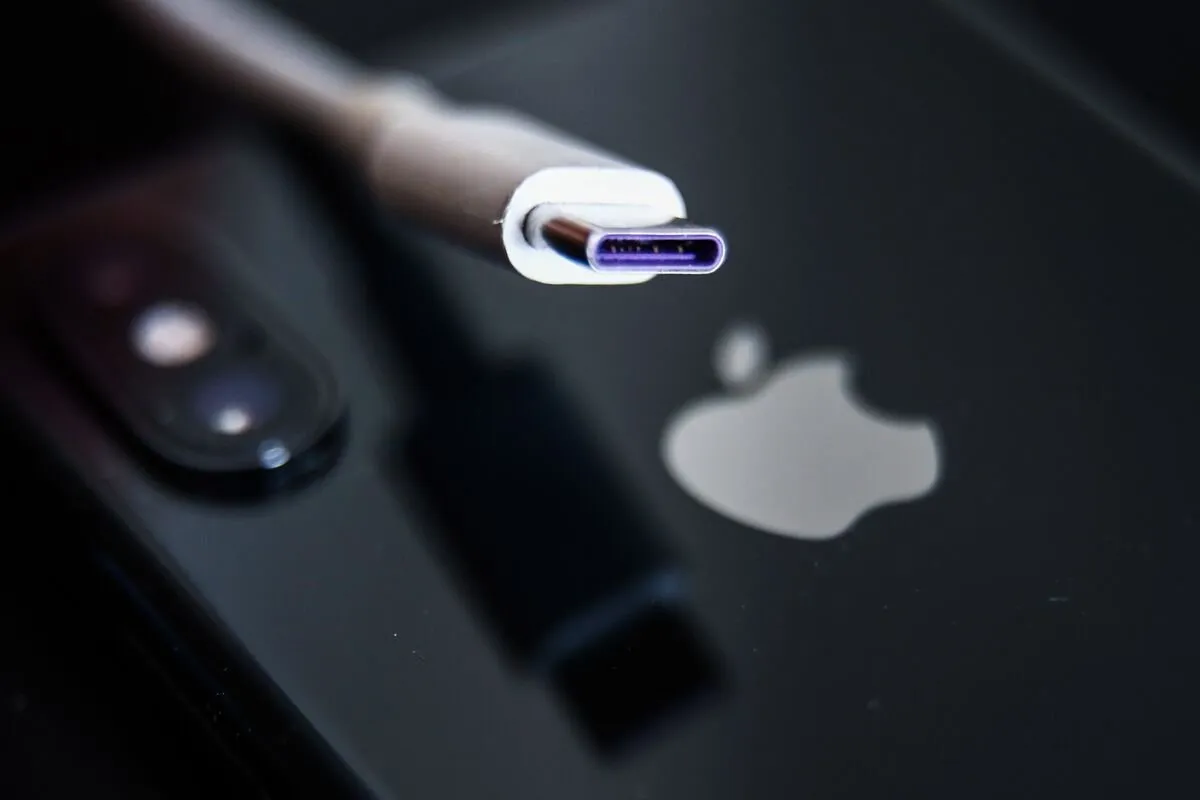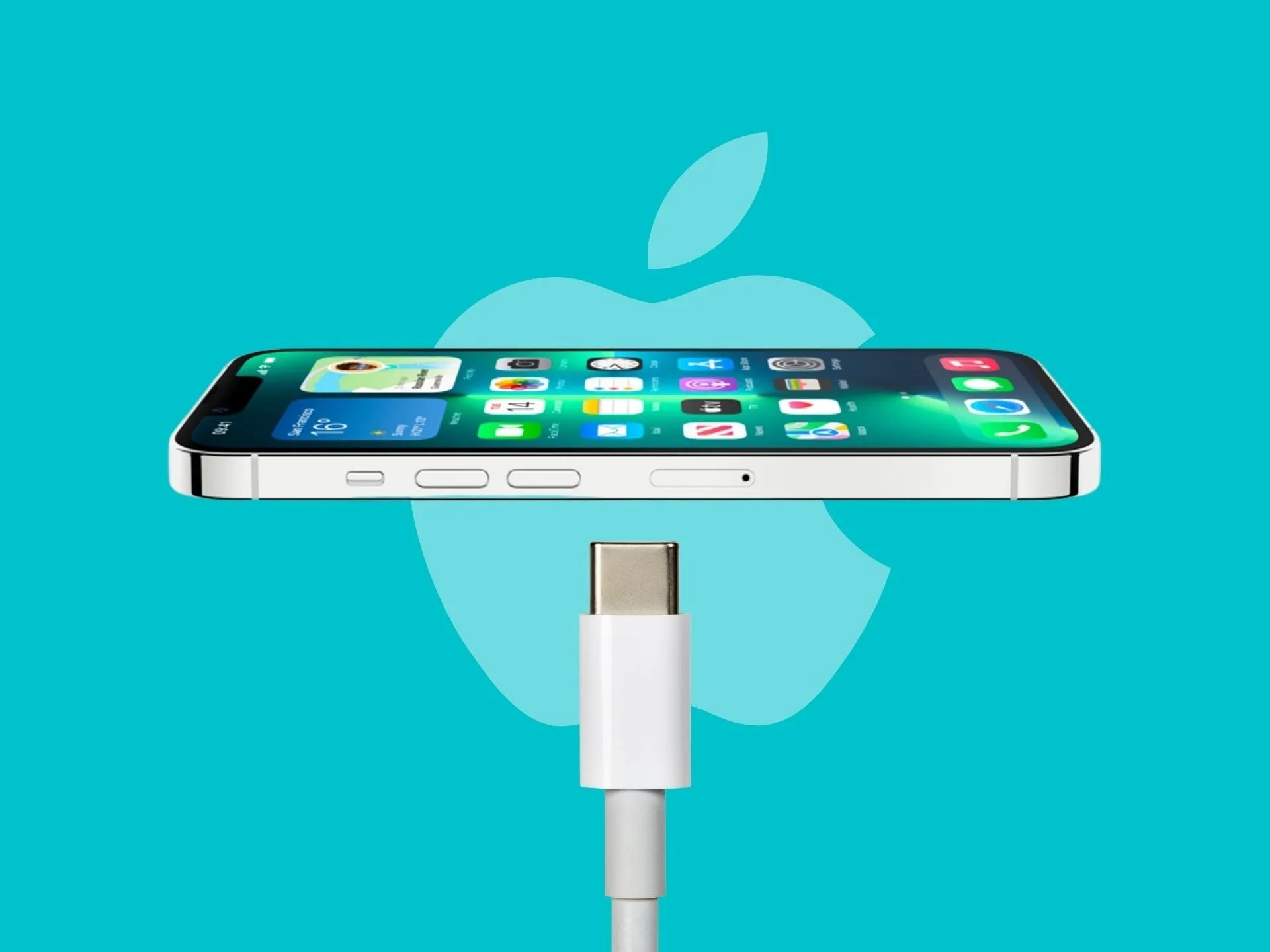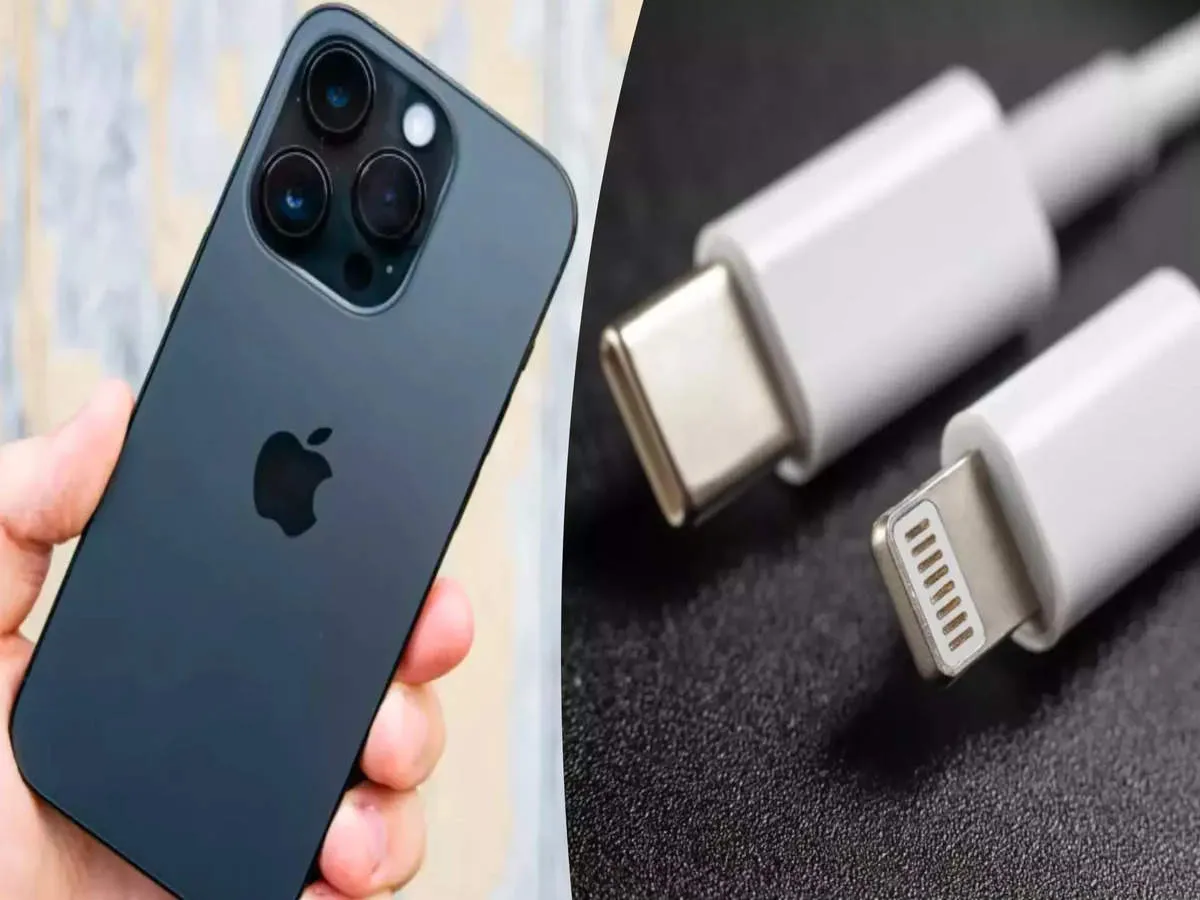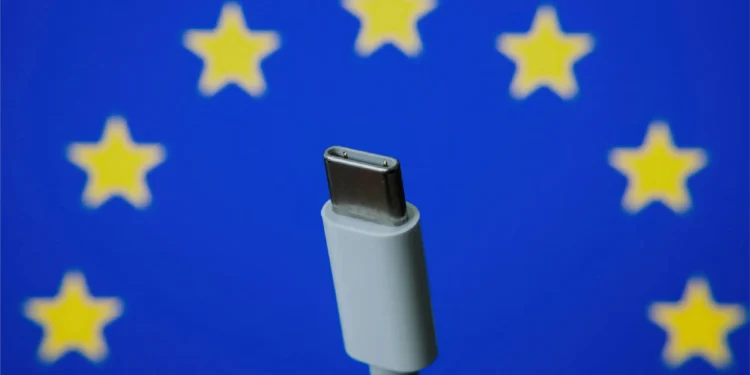In a landmark decision, the European Union (EU) has recently mandated the adoption of the USB-C port for a wide array of electronic devices, including the ubiquitous smartphone. This new regulation, which took effect on December 28, represents a significant shift in how consumers will power their devices, promising to streamline everyday technology use and reduce electronic waste across the continent.
The EU’s directive now requires that all small and medium-sized portable electronic devices, ranging from mobile phones to digital cameras and portable speakers, be equipped with USB-C charging ports. This move is part of a broader initiative to address the environmental impact of electronic waste and simplify the user experience by eliminating the need for multiple types of chargers.

Impact on Consumers and the Environment
According to the European Parliament, this initiative is not just about convenience but also about environmental responsibility. “These rules are about tackling the tonnes of waste generated by discarded chargers each year and saving an estimated €250 million for EU households by eliminating unnecessary charger purchases each year,” stated Anna Cavazzini, chair of the European Parliament’s Committee on the Internal Market and Consumer Protection.
For consumers, the benefits are twofold: firstly, the new law enables them to use a single charger for multiple devices, potentially reducing the number of chargers manufactured and, subsequently, discarded. Secondly, it allows customers the option to opt out of receiving a new charger with each device purchase, further cutting down on waste.

The Challenge for Tech Giants: Adapting to Change
This regulatory change poses a significant challenge for tech companies, especially those like Apple, which have long relied on proprietary charging solutions like the Lightning port. The mandate has compelled Apple to adapt swiftly; the tech giant had to phase out the sale of its devices that use the Lightning connector in EU countries, in anticipation of the enforcement of this rule.
Under the new EU regulation, even older iPhone models, such as the iPhone 14 and iPhone SE, which previously featured the Lightning port, must now switch to USB-C by December 28, 2024. This has resulted in a notable shift in Apple’s product listings across European online stores, where the affected models have been removed in compliance with the new standards.

What Lies Ahead
While the immediate focus of this directive is on portable electronic devices, the EU has already set its sights on larger electronics. Laptop manufacturers are expected to comply with these USB-C port requirements starting April 28, 2026, which will further extend the uniformity of charging devices.
This bold step by the EU not only sets a precedent for other regions to follow but also marks a significant point of evolution in the global tech landscape. As we move towards a more connected and environmentally conscious world, the universal adoption of USB-C could serve as a cornerstone for future innovations in device interoperability and sustainability.










